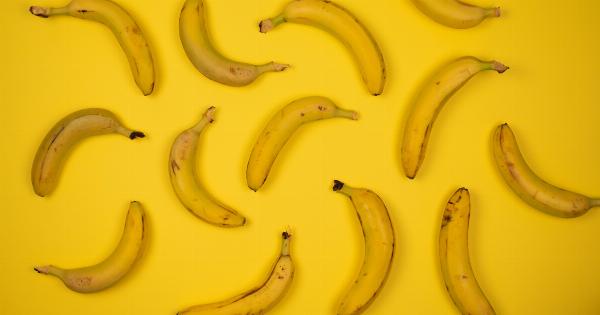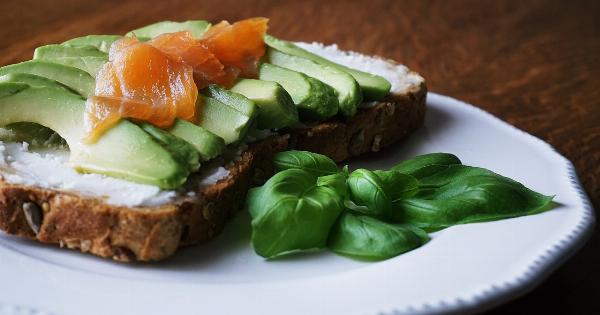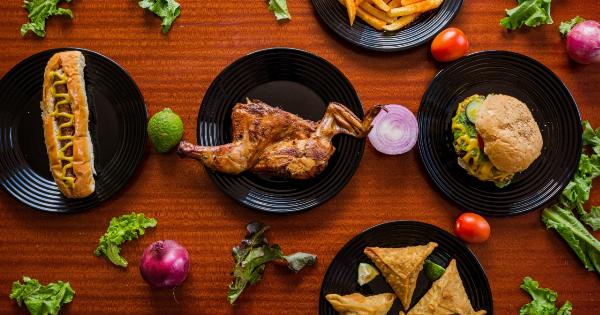In today’s fast-paced world, it has become increasingly common for parents to rely on packaged snacks to feed their children.
Snacks are a convenient way to satisfy hunger between meals and can be easily carried in lunchboxes or served as an after-school treat. However, not all snacks are created equal. Many children’s snacks on the market contain dangerous chemicals that can have a negative impact on their health and development.
Possible Hazards Found in Children’s Snacks
Several chemicals commonly found in children’s snacks have been linked to serious health issues. These include but are not limited to:.
- Artificial Food Dyes: Artificial food dyes are often added to snacks to enhance their visual appeal. However, studies have shown that these dyes can cause hyperactivity, allergies, and even cancer in some children.
- Preservatives: Preservatives such as BHA and BHT are used to extend the shelf life of snacks. These chemicals have been associated with an increased risk of cancer and hormone disruption.
- Trans Fats: Many commercially-available snacks contain trans fats, which are known to raise bad cholesterol levels and increase the risk of heart disease.
- High Fructose Corn Syrup: This sweetener is commonly used in snacks but has been linked to obesity, diabetes, and liver disease.
- Artificial Flavors: Artificial flavors are often used to mimic the taste of real ingredients. However, these chemical additives can cause allergies, asthma, and other respiratory problems.
- Genetically Modified Organisms (GMOs): Snacks made with genetically modified ingredients have raised concerns about potential long-term health effects, including an increased risk of allergies and antibiotic resistance.
Steps to Choose Healthier Snacks for Children
With the knowledge of the potential dangers posed by certain chemicals in children’s snacks, it is crucial for parents to make informed choices when selecting snacks for their children. Here are some steps to help choose healthier options:.
- Read the Label: Always read the ingredient list carefully. Avoid snacks that contain artificial dyes, preservatives, and trans fats.
- Choose Organic: Organic snacks are free from GMOs and harmful pesticides, making them a safer choice for children.
- Opt for Whole Foods: Instead of processed snacks, choose snacks made from whole ingredients such as fruits, veggies, nuts, and seeds, which provide more nutritional value.
- Homemade Snacks: Preparing snacks at home allows parents to have control over the ingredients used, ensuring a healthier option for their children.
- Support Local Brands: Local and small-scale snack producers often prioritize the use of natural and organic ingredients compared to larger commercial brands.
Promoting a Safe and Healthy Snack Culture
It is not just up to parents to prioritize healthier snacks for children. Schools, daycare centers, and other institutions that cater to children’s nutrition need to be actively involved in promoting a safe and healthy snack culture.
This can be achieved through:.
- Educational Programs: Educating parents, teachers, and children about the importance of healthy snacks and the potential dangers of certain chemicals can help foster a safer snacking environment.
- Improved Regulations: Governments should enforce stricter regulations on the use of harmful chemicals in children’s snacks to protect their health.
- Collaboration with Snack Manufacturers: Engaging with snack manufacturers to encourage the development of healthier snack options can lead to positive changes in the industry.
The Future of Children’s Snacks
As awareness grows surrounding the dangers posed by certain chemicals in children’s snacks, there has been a shift towards healthier alternatives.
Forward-thinking companies are developing snacks that are free from artificial additives and use organic and natural ingredients instead. It is essential to continue raising awareness about the potential risks and to advocate for safer snacking options for children.






























